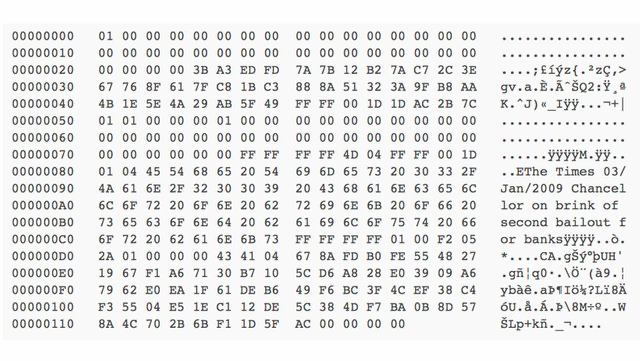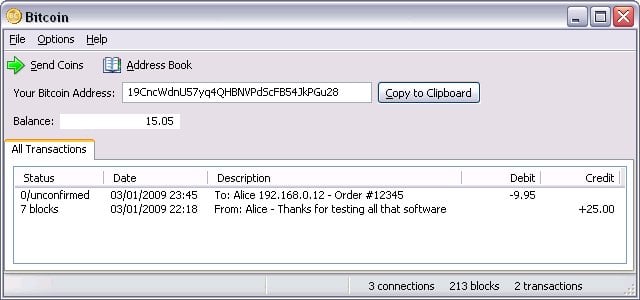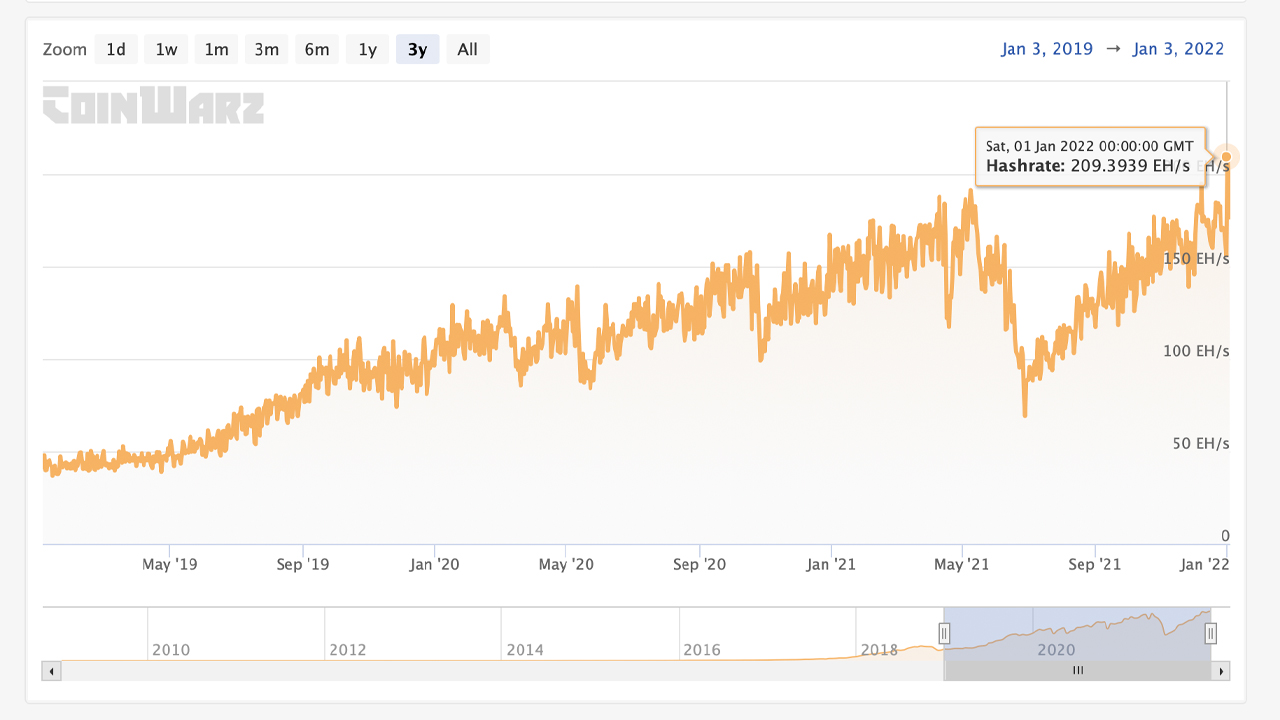
Today is 13 years since the Bitcoin protocol was launched by an anonymous creator who mined the first block. Satoshi created the genesis block at exactly 1:15 PM (EST) on Saturday January 3, 2009. Since then, more than 700,000. blocks have been mined.
Launching the Bitcoin Network
Today, bitcoiners and cryptocurrency advocates worldwide are celebrating the 13th anniversary of the Bitcoin network’s launch. On this day, 13 years ago, Bitcoin’s inventor Satoshi Nakamoto launched the genesis block, otherwise known as “block zero.” There are several unique characteristics of the genesis block that make it different than the blocks that followed.

A 50 BTC block reward subsidy is available for the genesis block. This subsidy cannot be spent. Two more leading zeroes are also found in block zero’s hash, which is common in bitcoin blocks that were mined early in the technology. A special message is stored in the currency parameter of the genesis block. This message is based on a headline in the London Times dated January 3, 2009. It reads:
The Times 02/01/2009 The Chancellor is on the verge of another bailout for banks
Seven-day Theory, Timechain and Virtual Poker
It is not known to many that Bitcoin Protocol did not create another block for six days after its genesis block was mined. It is assumed Satoshi had a reason for this wait time, as it resembles something out of Machiavellian folklore or the King James Bible’s Genesis tale when the earth was created in seven days.
Satoshi Nakamoto used a personal computer to mine the Bitcoin network. It is assumed Nakamoto was a Microsoft user, and the protocol’s codebase was written in the coding language C++. To mine BTC blocks, the users used an old Windows GUI mining program.

When bitcoiners examined a pre-code release prior to Jan. 3, 2009, distributed to bitcointalk.org member “Cryddit,” a number of interesting findings were discovered. For instance, the document mentioned the term “bitcoin miner” for the first time, and it also referred to the blockchain as a “timechain.” The pre-release Bitcoin source code also contained an early framework for an IRC Client, a peer-to-peer (P2P) marketplace, and a virtual poker game.

Additionally, according to Bitcointalk.org user Deepceleron on Dec. 23, 2013, and a few other armchair sleuths, “there’s no source code to recover off Sourceforge through the Internet Archive, but here’s a screenshot from January 3, 2009, (same date as genesis), with an unreleased blockchain at block 213 and three other connections.” It is assumed by some people that Nakamoto and some early users may have tested the blockchain launch prior to January 3, 2009.
Bitcoin Protocol Sees Numerous Milestones In 13 Years. Computational Power Attains Exponential Growth
After letting bitcoin idle for more than a decade, an anonymous miner spent 1,000 BTC to purchase BTC on the 12th anniversary the genesis block was created. The 13th anniversary follows BTC’s lifetime price high on November 10, 2021, when the crypto asset tapped $69K per unit. Furthermore, on January 1, 2022, the network’s hashrate reached an all-time high of over 200 exahash per second.

On January 9, 2009, Bitcoin’s hashrate was around 68.96 kilohash per second (KH/s) or 68,000 (sixty-eight thousand) hashes per second (H/s). This also corresponds to approximately 0.068 megahash/second (MH/s), or 0.000068gigahash/second (GH/s), which is too small a number to be measured in terahash/s (TH/s).
We believe it to be Satoshi Nakamoto, who was currently mining on Jan 9, 2009. The following week, Satoshi was still dedicating more computing power than what it takes to mine Bitcoin (BTC). Since that day on January 9, 2009, the network’s hashrate has grown exponentially stronger by a whopping two hundred sixty-seven quadrillion percent.
What do you think about the 13th anniversary of the Bitcoin network’s genesis block? Comment below and let us know how you feel about the subject.
Image creditShutterstock. Pixabay. Wiki Commons
DisclaimerThis article serves informational purposes. This article is not intended to be a solicitation or offer to sell or buy any product, service, or company. Bitcoin.com doesn’t offer investment, tax or legal advice. This article does not contain any information, products, or advice that can be used to cause or allegedly cause any kind of damage.